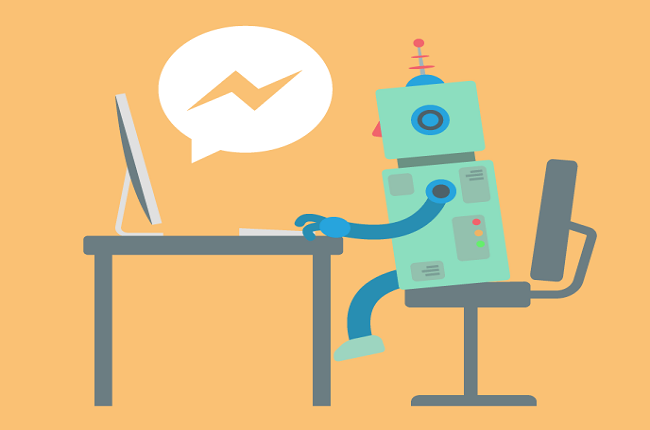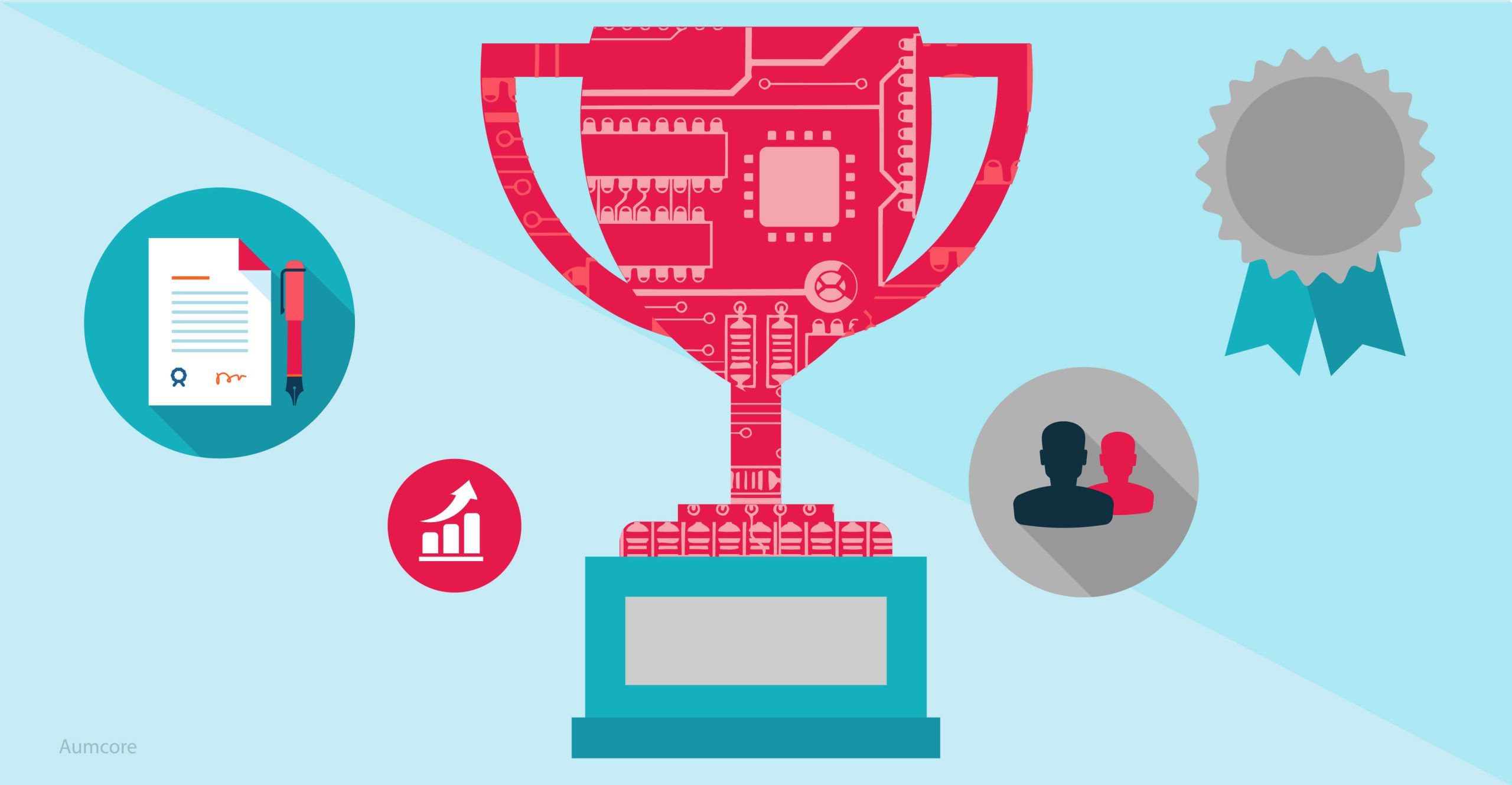Artificial intelligence (AI) is completely changing the world. No matter how you look at it or the lense you use to do it, AI is acting as a catalyst for practically everything it touches. For instance, we have countless books, TV shows and movies about AI’s potential and and the many dangers it (and killer robots) could pose. On the business side, we have AI and machine learning streamlining task after task in a bid to improve the workplace. On the consumer side, we have digital assistants like Siri and Alexa connecting us to our devices and giving way to the Internet of Things (IoT).
Read More About: AI Technologies Predictions That Will Dominate In 2019
The point being that AI is revolutionizing the digital landscape, and as you’ll soon see, it’s also changing user experience (UX) in a BIG way. For example, AI and machine learning are working together to automate the workplace. They’re also paving the way for segmentation and personalization with personalized recommendations that are more likely to lead to conversions. One more, chatbots are using machine learning to improve customer experience and help brands and consumers both. To get this point across, today we’re going to delve deeper and talk about three customer experience implementations of artificial intelligence to showcase how AI drives customer experience and is flipping the digital landscape on its head.
1. Artificial Intelligence in Business: Automation
As businesses everywhere look for ways to save time, reduce costs and increase efficiency, they’re finding that AI may be exactly what they need. More specifically, AI-powered automation systems that can be used in a myriad of settings that range from a factory to a modern-day open-plan office. For instance, because automation can be summed up as a process that’s performed without human assistance, and an automation system as one that takes over previously manual processes that are usually repetitive, using AI to power automation can free up human workers to complete higher-level tasks that require actual brain power:
- Instead of spending hours looking over reports and extracting data, an AI system can handle all of this while humans focus on analyzing said data and making sense of it.
In doing so, not only will more work be completed as machines join the workforce, but all the time that employees spend with higher-level tasks and away from mundane ones means that less money is being wasted by the companies who employ them. Additionally, because we’re talking about intelligent automation that uses machine learning to create “self-learning” systems that are not as prone to making mistakes as humans, the introduction of AI in automation will lead to a spike in productivity, and an improvement to the quality and consistency of work.
Brand Example
Within the marketing world, the power of automation and AI to improve customer experience can be seen with Google Ads, Google’s online advertising platform. Because AI can analyze millions of consumer data points and discern a pattern from them, advertisers can use Google Ads features like Smart Bidding to optimize their strategies for conversions. For example, they can use auction-time bidding that uses contextual signals at each auction to identify conversion opportunities, or cross-signal analysis that uses signal combinations to improve their conversion rate.
2. Artificial Intelligence in Shopping: Personalization

If you’ve ever made use of personal recommendations from services like Amazon or Netflix, you already have an idea of how to use AI to improve the digital experience through tailored recommendations that capitalize on the fact that every user is different. In other words, because we all have different tastes and likes, offering everyone the same deal or offer will lead to a mixture of happy and frustrated customers that contains more of the latter. To prevent this from happening and reverse the trend, you can use your users own behaviors to zero-in on what they truly want to see.
Brand Example
Like we touched on in the beginning of this section, big brands like Amazon and Netflix are already using personalized recommendations to coax more out of their users:
- Amazon is getting more sales through product recommendations based on past browsing and purchasing behaviors.
- Netflix is getting more viewing time trough video recommendations based on past browsing and viewing behaviors.
In doing so, they’re making sure to improve UX by only offering what their users want.
3. Artificial Intelligence in Customer Service: Chatbots

As we move closer to 2020, it’s become abundantly clear that AI and customer experience are intrinsically intertwined; so much so that “AI powered customer experience” is quickly becoming the go-to service requested by brands to improve their customer service. As to the how, it’s through chatbots, AI-powered programs that can “talk” with people as if they themselves were living, breathing sentient beings.
Read More About: Important Voice Technology Components and How You Can Use Them
To see just how artificial intelligence drives customer experience with the help of chatbots, think of how they’re used. If you’re falling short, the answer is that they’re used as sales and customer service representatives who can work 24 hours a day, seven days a week. As such, when a brand attaches a chatbot to their brand, not only can they automate sales processes by identifying leads and guiding them across the journey to purchase, but also offer a friendly customer service point of contact that is always ready to field any question or concerns.
Brand Example
The real effectiveness of AI and chatbots can be seen with two examples of brands who implemented them. For the first, Star2Star Communications used an AI-backed sales rep named Rachel back in 2016, and saw a 30% email response rate within hours. Apart from this, 24% of their sales were also directly influenced by Rachel’s work. And then there’s Boch Automotive, who used another AI sales assistant by the name of Crystal to bolster their sales efforts. Like Star2Star Communications, Boch also saw improvements to their business, this time in the form of increased engagement and lead quality, and a 60-sale increase per month in one of their dealerships.
Let’s Take a Second Look
If you wanted to know how to use AI to improve the customer experience, everything we covered today will be of great help. As a quick refresher, here it is one more time:
- AI in business is leading to automation, which creates a more streamlined work environment.
- AI in shopping is leading to personalization, which leads to improved UX for users and a better bottom line for brands.
- AI in customer service is leading to chatbots, which can help users 24/7 and guide them on their journey to checkout.





Tell us your thoughts in the comments